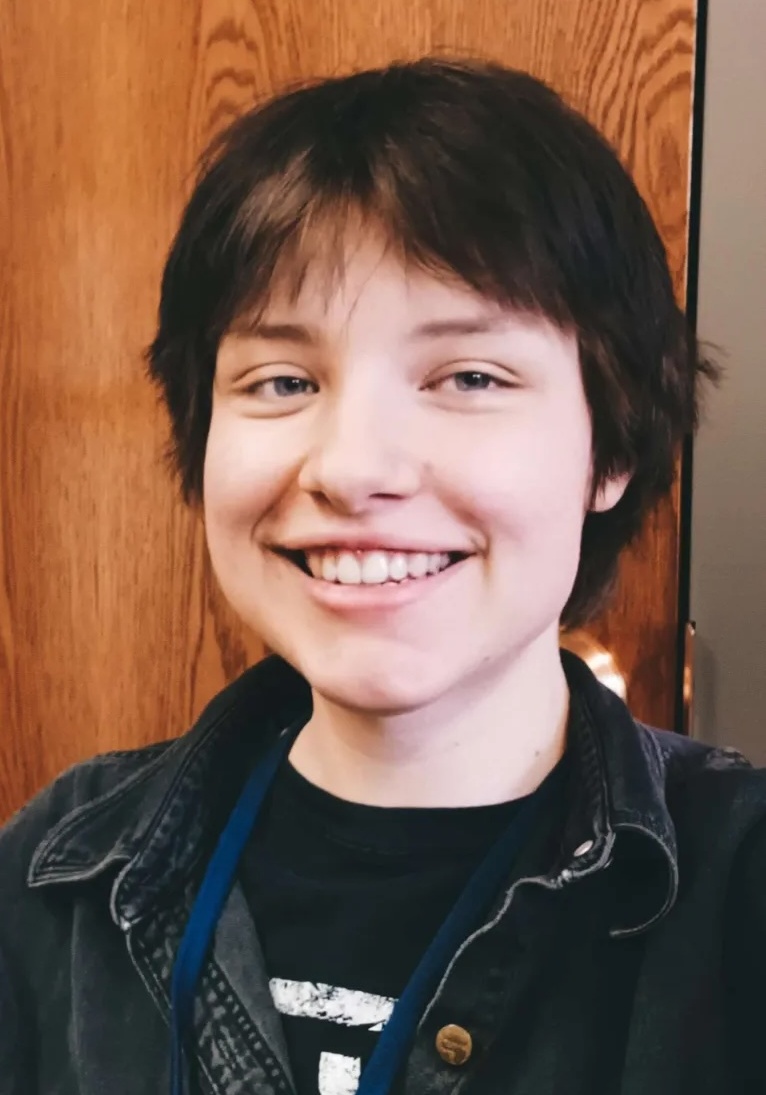All Middle School Life Science Resources
Example Questions
Example Question #1 : Distinguish Between Plant And Animal Cells
Plants are autotrophs; they produce energy from sunlight through the process of photosynthesis, for which they use cell organelles called:
ribosomes
mitochondria
chloroplasts
golgi bodies
chloroplasts
The answer is chloroplasts.
Plants and animals are both organisms, meaning that like other living things, they are composed of cells. Both types of cells store food in vacuoles, have cytoplasm, golgi bodies, and ribosomes, but they have a number of distinct differences as well. Animal cells have a membrane and are more irregularly shaped, while plant cells have a cell wall and are rectangular. Additionally, plant cells have organelles called chloroplasts, which aid in the process of photosynthesis.
Example Question #2 : Distinguish Between Plant And Animal Cells
What is the purpose of chloroplasts in plant cells?
to get water from the ground to different parts of the plant
to convert nutrients from the soil into plant matter
to convert light energy into chemical energy through photosynthesis
to convert light energy into chemical energy through cellular respiration
to convert light energy into chemical energy through photosynthesis
The answer is to convert light energy into chemical energy through photosynthesis.
Plants and animals are both organisms, meaning that like other living things, they are composed of cells. Both types of cells store food in vacuoles, have cytoplasm, golgi bodies, and ribosomes, but they have a number of distinct differences as well. Animal cells have a membrane and are more irregularly shaped, while plant cells have a cell wall and are rectangular. Additionally, plant cells have organelles called chloroplasts, which aid in the process of photosynthesis.
Example Question #3 : Distinguish Between Plant And Animal Cells

Does this image show a plant cell or an animal cell?
plant cell
not enough information
neither
animal cell
animal cell
The answer is an animal cell.
Plants and animals are both organisms, meaning that like other living things, they are composed of cells. Both types of cells store food in vacuoles, have cytoplasm, golgi bodies, and ribosomes, but they have a number of distinct differences as well. Animal cells have a membrane and are more irregularly shaped, while plant cells have a cell wall and are rectangular. Additionally, plant cells have organelles called chloroplasts, which aid in the process of photosynthesis.
Example Question #4 : Distinguish Between Plant And Animal Cells

Does this image show a plant cell or an animal cell?
neither
plant cell
not enough information
animal cell
plant cell
The answer is a plant cell.
Plants and animals are both organisms, meaning that like other living things, they are composed of cells. Both types of cells store food in vacuoles, have cytoplasm, golgi bodies, and ribosomes, but they have a number of distinct differences as well. Animal cells have a membrane and are more irregularly shaped, while plant cells have a cell wall and are rectangular. Additionally, plant cells have organelles called chloroplasts, which aid in the process of photosynthesis.
Example Question #5 : Distinguish Between Plant And Animal Cells

Is this an image of a plant cell or an animal cell?
not enough information
neither of these
animal cell
plant cell
plant cell
The answer is "a plant cell."
Plants and animals are both organisms, meaning that like other living things, they are composed of cells. Both types of cells store food in vacuoles, have cytoplasm, golgi bodies, and ribosomes, but they have a number of distinct differences as well. Animal cells have a membrane and are more irregularly shaped, while plant cells have a cell wall and are rectangular. Additionally, plant cells have organelles called chloroplasts, which aid in the process of photosynthesis.
Example Question #6 : Distinguish Between Plant And Animal Cells

This image shows an endoplasmic reticulum in an animal cell. Which of the following statements about this organelle is true?
The endoplasmic reticulum is part of the process of photosynthesis
The endoplasmic reticulum is not important to the function of an animal cell
The endoplasmic reticulum is not found in plant cells
The endoplasmic reticulum is also found in plant cells
The endoplasmic reticulum is also found in plant cells
The answer is "The endoplasmic reticulum is also found in plant cells."
Plants and animals are both organisms, meaning that like other living things, they are composed of cells. Both types of cells store food in vacuoles, have cytoplasm, golgi bodies, and ribosomes, but they have a number of distinct differences as well. Animal cells have a membrane and are more irregularly shaped, while plant cells have a cell wall and are rectangular. Additionally, plant cells have organelles called chloroplasts, which aid in the process of photosynthesis.
Example Question #7 : Distinguish Between Plant And Animal Cells

What does the image above best represent?
an animal cell
photosynthesis
cellular respiration
a plant cell
an animal cell
The answer is "an animal cell."
Plants and animals are both organisms, meaning that like other living things, they are composed of cells. Both types of cells store food in vacuoles, have cytoplasm, golgi bodies, and ribosomes, but they have a number of distinct differences as well. Animal cells have a membrane and are more irregularly shaped, while plant cells have a cell wall and are rectangular. Additionally, plant cells have organelles called chloroplasts, which aid in the process of photosynthesis.
Example Question #8 : Distinguish Between Plant And Animal Cells

The image above shows the processes of photosynthesis and respiration. Which organelle is responsible for turning nutrients into energy in animals?
food vacuoles
mitochondria
ribosomes
chloroplast
mitochondria
The answer is mitchondria.
Plants and animals are both organisms, meaning that like other living things, they are composed of cells. Both types of cells store food in vacuoles, have cytoplasm, golgi bodies, and ribosomes, but they have a number of distinct differences as well. Animal cells have a membrane and are more irregularly shaped, while plant cells have a cell wall and are rectangular. Additionally, plant cells have organelles called chloroplasts, which aid in the process of photosynthesis.
Example Question #9 : Distinguish Between Plant And Animal Cells

The image above shows the processes of photosynthesis and cellular respiration. Which of the organelles is responsible for helping plants convert sunlight into sugar?
phototropes
mitochondria
chloroplasts
cell walls
chloroplasts
The answer is chloroplasts.
Plants and animals are both organisms, meaning that like other living things, they are composed of cells. Both types of cells store food in vacuoles, have cytoplasm, golgi bodies, and ribosomes, but they have a number of distinct differences as well. Animal cells have a membrane and are more irregularly shaped, while plant cells have a cell wall and are rectangular. Additionally, plant cells have organelles called chloroplasts, which aid in the process of photosynthesis.
Example Question #10 : Distinguish Between Plant And Animal Cells
Which of these is a component of a plant cell, but NOT an animal cell?
nucleus
cell wall
food vacuole
mitochondria
cell wall
The answer is cell wall.
Plants and animals are both organisms, meaning that like other living things, they are composed of cells. Both types of cells store food in vacuoles, have cytoplasm, golgi bodies, and ribosomes, but they have a number of distinct differences as well. Animal cells have a membrane and are more irregularly shaped, while plant cells have a cell wall and are rectangular. Additionally, plant cells have organelles called chloroplasts, which aid in the process of photosynthesis.
All Middle School Life Science Resources




